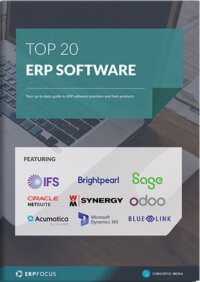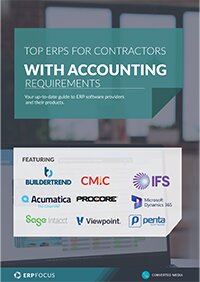Real life ERP experiences: Sage 300 vs Microsoft Dynamics GP
Checking out these two ERP systems was like a trip in the Wayback Machine. It was almost like reading those long lists of who begat who in the Bible.
Sage 300 began life in 1976 as EasyBusiness Systems. After moving from one owner to another and resurrecting with new names, it is now part of the Sage group from UK. Dynamics GP is not quite as old. It only began in 1993 in Fargo, North Dakota and now is part of Microsoft, one of the largest companies in the world.
Today both are well-respected ERP systems designed for and sold to small and mid-size businesses. Sage 300 is available in many countries and out of the box includes five different languages. Dynamics GP is sold in most of the more populous countries in many parts of the world.
Delivery method
Both are available as on-premise versions as well as in the cloud. Both are well rated by consultants and can boast of thousands of businesses using the systems. Both of these ERPs have a solid accounting system at their core. AccPac, MAS90 and MAS200 were primarily financial systems that developed into Sage 300. Great Plains accounting was good enough that Dynamics GP is used today as the financial engine for other ERP systems.
Dynamics GP user interface is much like Microsoft Office so is already familiar to many users. Data from Dynamics GP moves easily into Excel and other Office products.
Market share
Neither Sage 300 nor Dynamics GP has the market share of SAP. Both are among the most-frequently sold ERP systems. Microsoft and Sage both are in the top ten ERP providers. However, both offer more than one ERP and I did not find volume statistics for individual systems with either seller.
Compare more ERP systems with this free software comparison tool
While both are leading vendors, neither product would be considered a leading edge offering in terms of technology or new developments in the ERP realm. Both Sage 300 and Dynamics GP are well-designed stable products that many businesses use today with satisfaction and both will be sold in the future to customers who are looking for an ERP that works.
Negative aspects?
I searched for complaints related to both systems. Some thought Sage 300 had a dated user interface and was a little difficult to begin using and a few complained about reports and extracting data to csv files. These complaints might be due to new customers who need more learning on using an ERP.
Comments on Dynamics GP were similar. Users thought the report writer was slow and had too many limits on the amount of data that could be pulled from the ERP. These, too, seem like complaints from novice users. My guess is that more experience with either system will cause those complaints to be quickly forgotten.
Free white paper
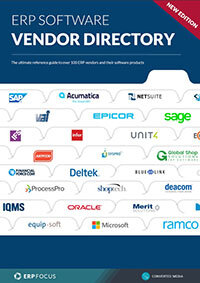
ERP Software Vendor Directory
Put the most comprehensive ERP vendor directory on your desk today
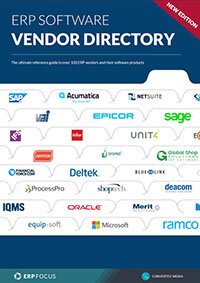
Featured white papers
Related articles
-
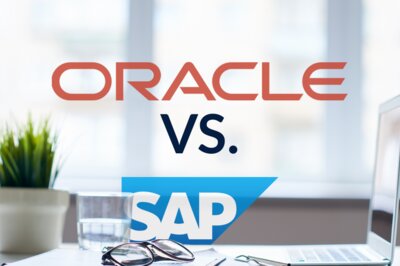
Real life experiences: Oracle vs SAP
A project manager's take on Oracle and SAP' strengths and weaknesses
-

CMMC Compliance: What Aerospace and Defense Manufacturers Need to Know
Key insights on CMMC compliance, deadlines, and securing DoD contracts with CMMC 2.0 certificatio...
-

Sage 50 to ERP: comparison and guide
Sage 50 vs. ERP software - what's the difference?


